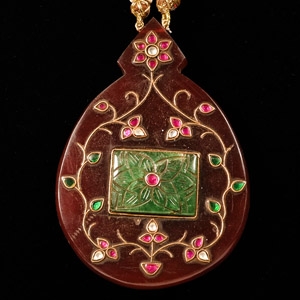Home > Auctions > 3 - 8 September 2024
Ancient Art, Antiquities, Natural History & Coins
Auction Highlights:
UK gallery, early 2000s.
Private collection, England.
Pope Alexander VII was born Fabio Chigi and took the role of head of the Catholic Church and ruler of the Papal States from 7 April 1655 to his death, in May 1667. He held a number of diplomatic positions in the Holy See, was ordained in 1634, and became bishop of Nardo in 1635. Pope Innocent X elevated him to the role of secretary of state in 1651, and in the following year he was appointed a cardinal. Alexander VII supported various construction projects in Rome, wrote poetry and patronized artists working on the decoration of churches.
English private collection.
From a collection acquired on the UK art market from various auction houses and collections mostly before 2000.
From an important Cambridgeshire estate; thence by descent.
Property of a Norwich, Norfolk, UK, gentleman.
Accompanied by an original handwritten note about the heraldry of the seal dated 15 December 1997.
From the collection of the famous author, writer and speaker, Gordon Bailey, Essex, UK; formed since 1968.
London, UK, art market, 1980-2000s
From the collection of the famous author, writer and speaker, Gordon Bailey, Essex, UK; formed since 1968.
See Mitchiner, M., Medieval Pilgrim & Secular Badges, London, 1986, p.278-9.
"Billy and Charlies", also known as the Shadwell forgeries, refer to a very extensive series of fake antiquities made in Victorian London by William Smith (Billy) and Charles Eaton (Charley). They were mudlarks who searched the Thames for items of value. William Edwards, a London antique dealer, made Billy's acquaintance around 1845, and he met Charley some years later. He paid them for items of interest that they found. Billy and Charley earned money from this until 1857, when they decided to counterfeit antiquities. They cast objects from lead or pewter, cutting dies into plaster of Paris moulds with nails and knives, and bathing the finished items in acid to simulate aging. Their commonest products were medallions, but others included daggers, statuettes, ampullae and even small shrines; as they were both illiterate the inscriptions on many of the objects are nonsense. They sold their forgeries to very prominent collectors of the time who thought they were genuine. Eventually, due to the large volume of objects that were appearing on the market, they were arrested and tried at court though they could not be found guilty of any crime at the time. They were released and carried on producing fakes but their style of manufacture had become well known and they eventually disappeared from history.
From a collection acquired on the UK art market from various auction houses and collections mostly before 2000.
From an important Cambridgeshire estate; thence by descent.
From the collection of the famous author, writer and speaker, Gordon Bailey, Essex, UK; formed since 1968.
Bailey, G., Buttons & Fasteners 500 BC-AD1840, Witham, 2004, p.96-101.
with Rieunier & Associes, 25 October 2004, no.52.
Accompanied by a copy of a two page illustrated catalogue information page.
Property of a South West London gentleman.
1765 - 1776 of 3369 LOTS

.jpg)

.jpg)
.jpg)
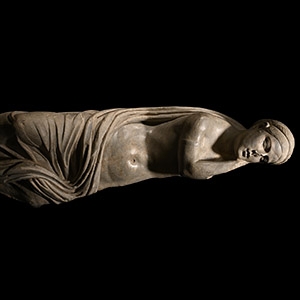
.jpg)
.jpg)

.jpg)
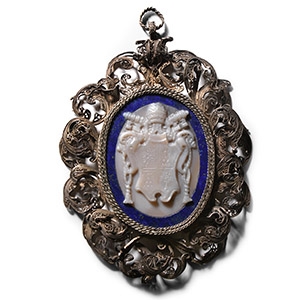
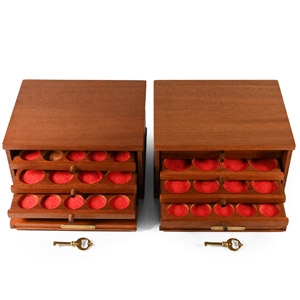
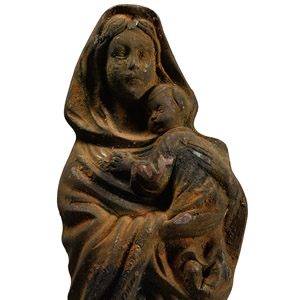

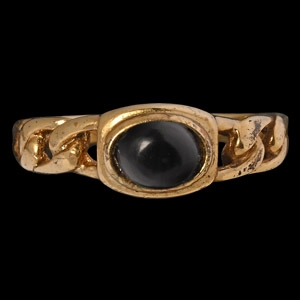

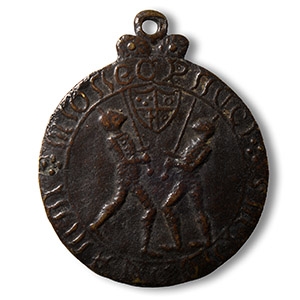
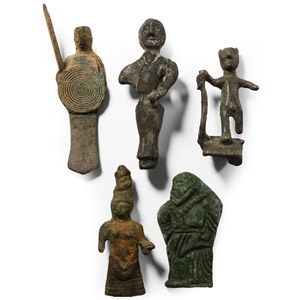

.jpg)
